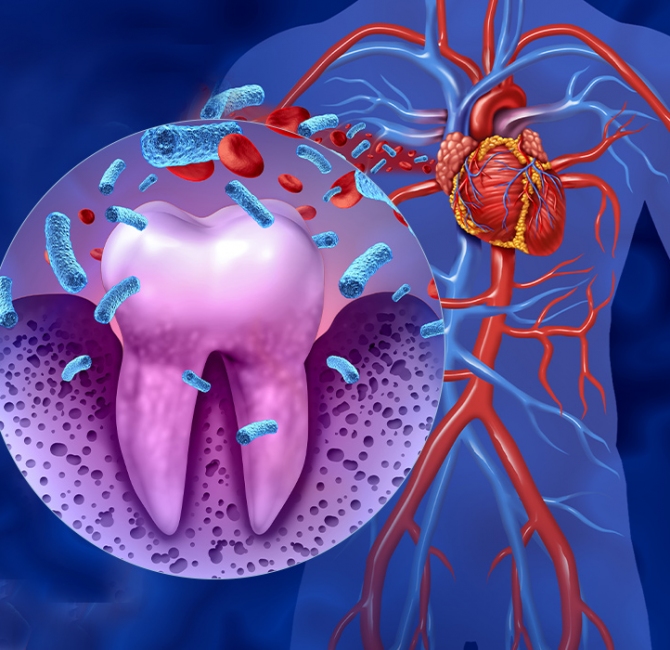As described in the first paper, bruxism is a term that encompasses a range of presentations of rhythmic and repetitive muscular activity, which is not a significant problem for many clients. But for some, the behaviour leads to significant issues and extensive tissue damage. This paper will review methods of managing cases where bruxism is destructive, or potentially destructive, before needing to resort to complete reconstruction.
Key points
- Bruxism is challenging to control. The goal for early management is to limit tissue damage at an early stage rather than await extensive destruction that is then difficult to manage.
- There is also a significant financial burden to delaying intervention.
- Interventions at this stage range from pharmacological to splint therapy. Guidance on splint choice and design is provided in the paper.
Conclusion and outcomes from preventive strategies
The interventions considered in this paper aim to control and limit the destructive effects of bruxism. No single approach works for all, but appliance therapy probably forms the core of this stage of management for destructive bruxism. The decision to utilize the various strategies outlined relies upon effective listening to the client’s behaviours and interpretation of bruxing drivers. Prescribing management approaches might be described as ‘cherry picking’ to identify the mix of approaches that will improve control of bruxism. The use of occlusal appliances varies and is dependent on the interventional rationale. If the goal is to reduce bruxism, with or without muscular pain, then the ideal outcome will be symptom control. However, if the primary driving force for bruxism is central, as discussed in the first paper, then elimination of bruxism is unlikely (but possible). Habit breaker appliances worn during the day to control bruxism are incredibly effective in most cases, as they redirect control to the client.
In reality, the outcomes should be the protection of the tissues, hard or soft, and restorations, be they amalgam, ceramic, or implant retained. In such cases, results will become apparent over time: a reduction in trauma to soft tissues, fewer fractures, reduced speed of tooth tissue loss, fewer fractured restorations or screw-retained prosthesis mobilization, and fewer acute presentations with problems, releasing clinical time for other cases. Appliances will (generally) wear, with loss of acrylic over time but may be remade or refaced.
Oral appliances have a substantial role in preventing and controlling tissue damage during bruxing. Unfortunately, many clients need early identification and prevention strategies in place. Consequently, significant damage to the tissues may have occurred. In the third paper of the series, dentition reconstruction will be considered in the context of continuing bruxism.



